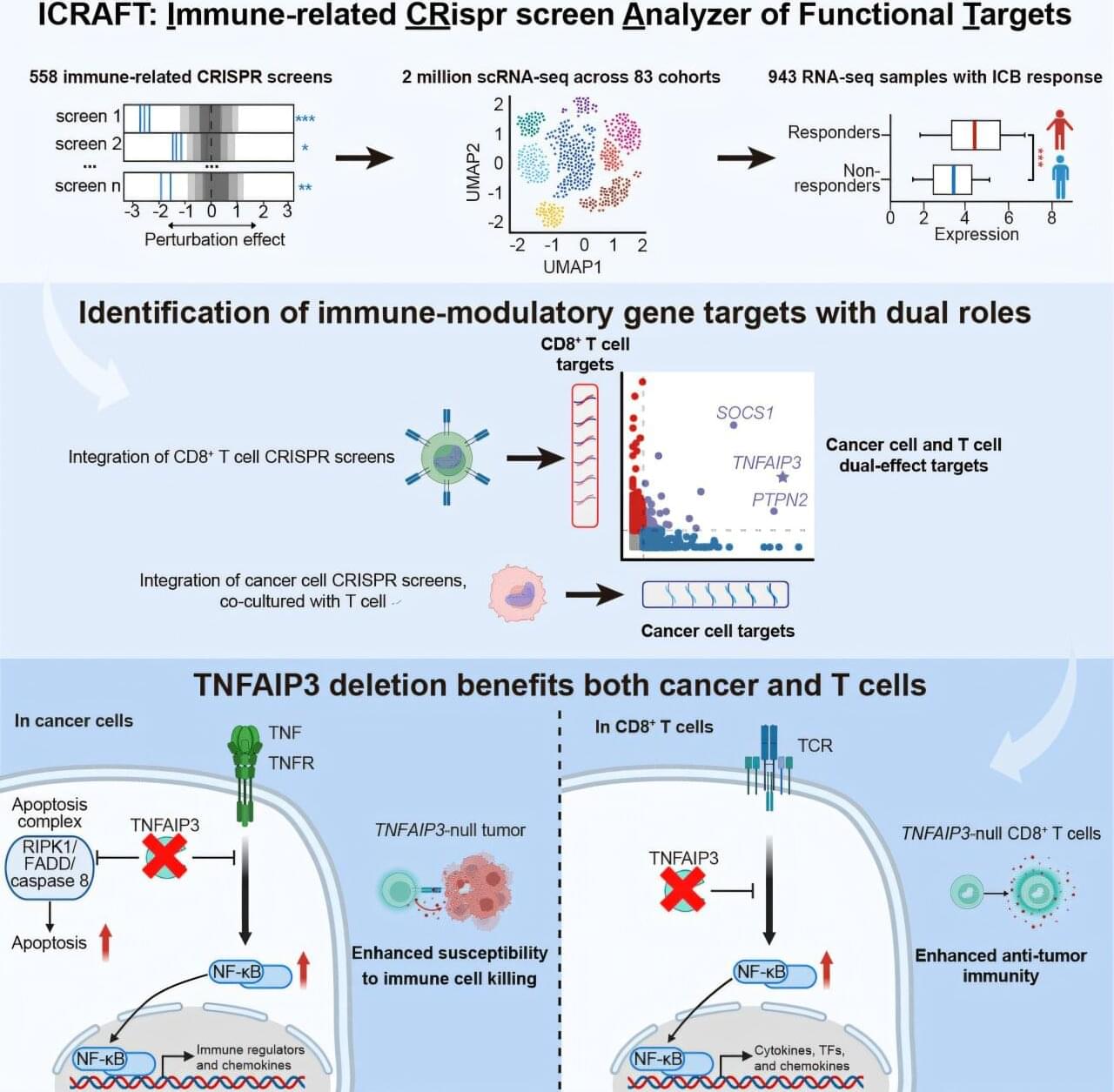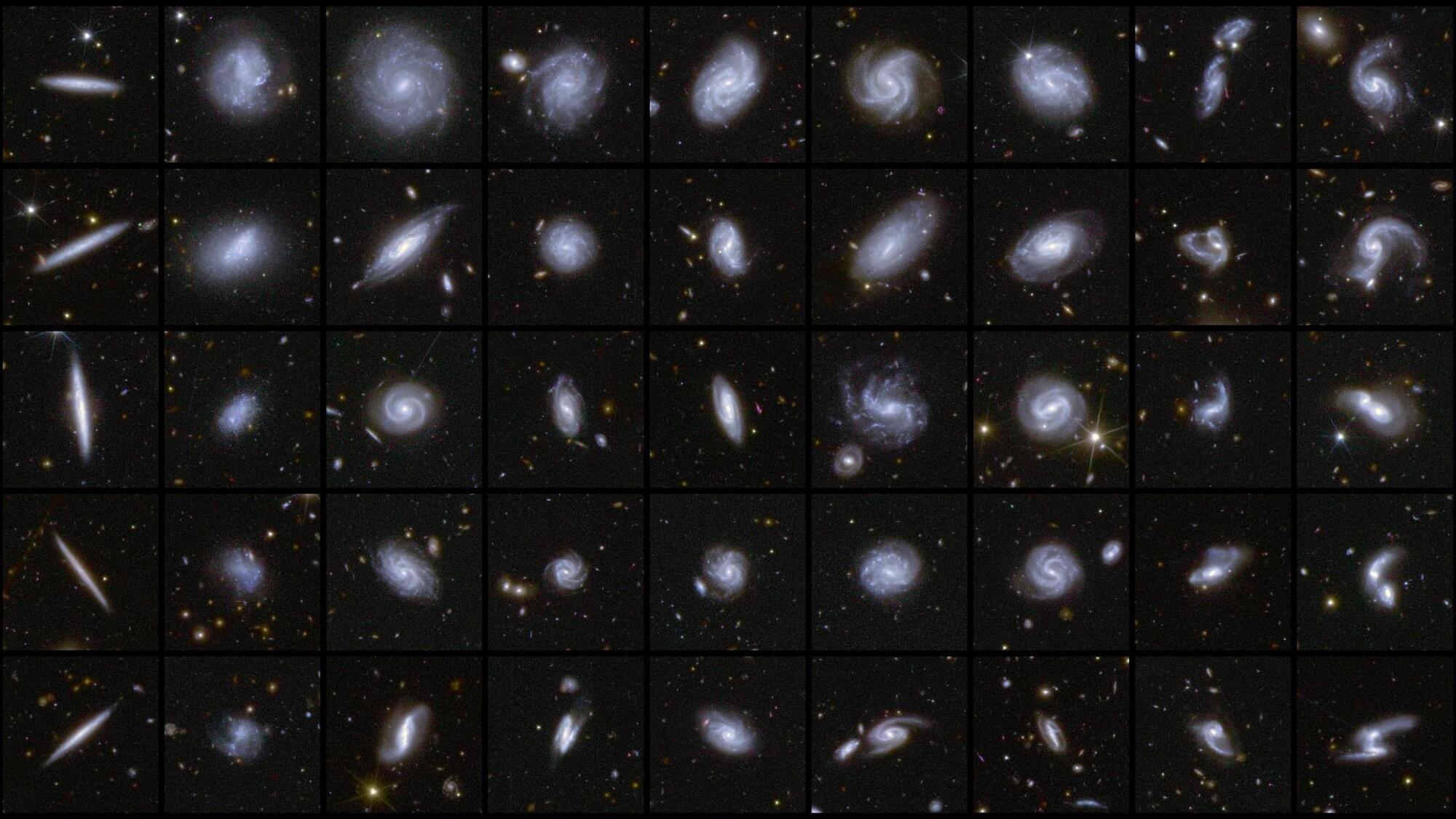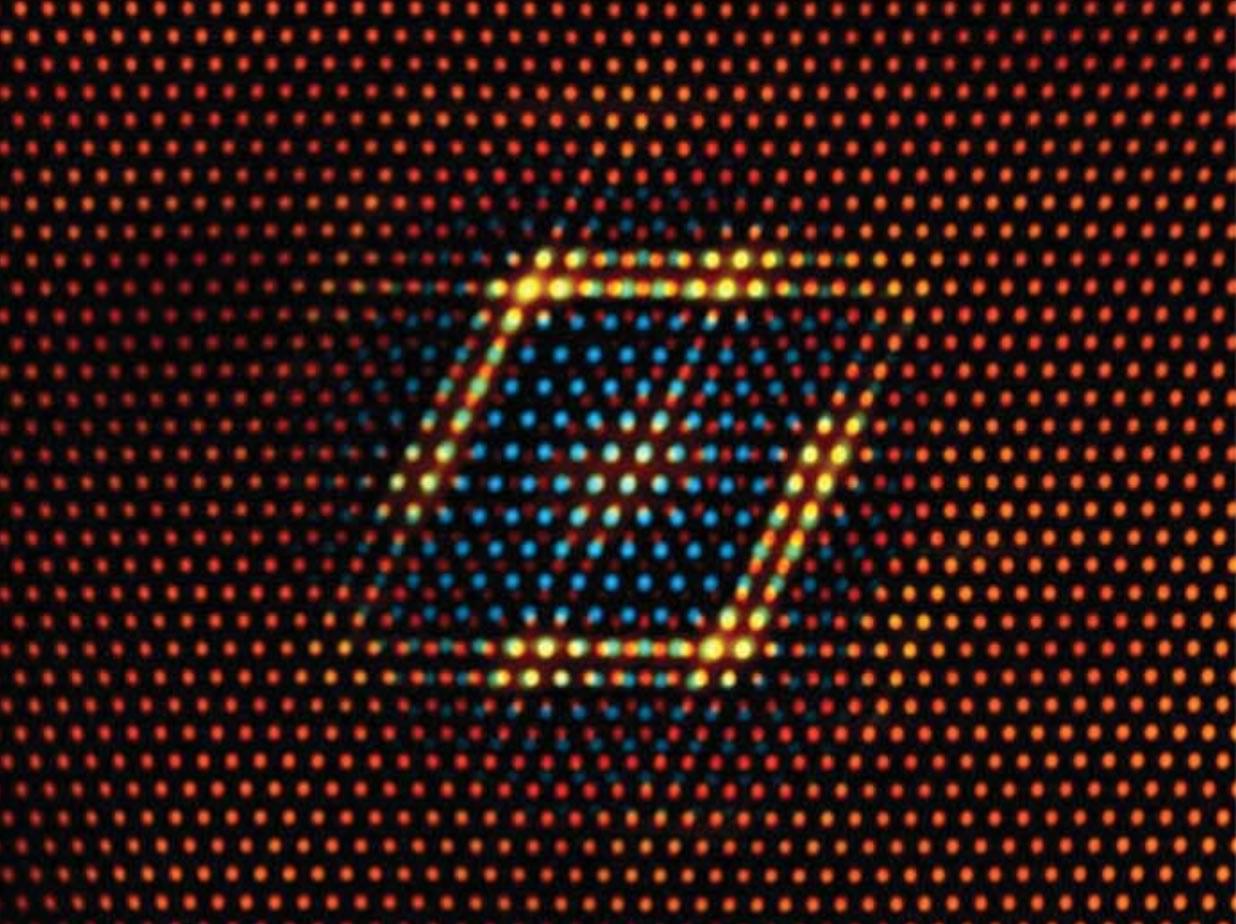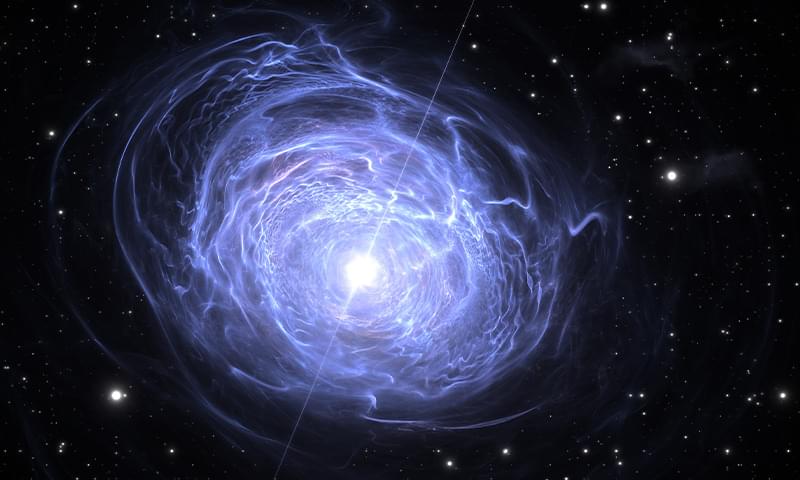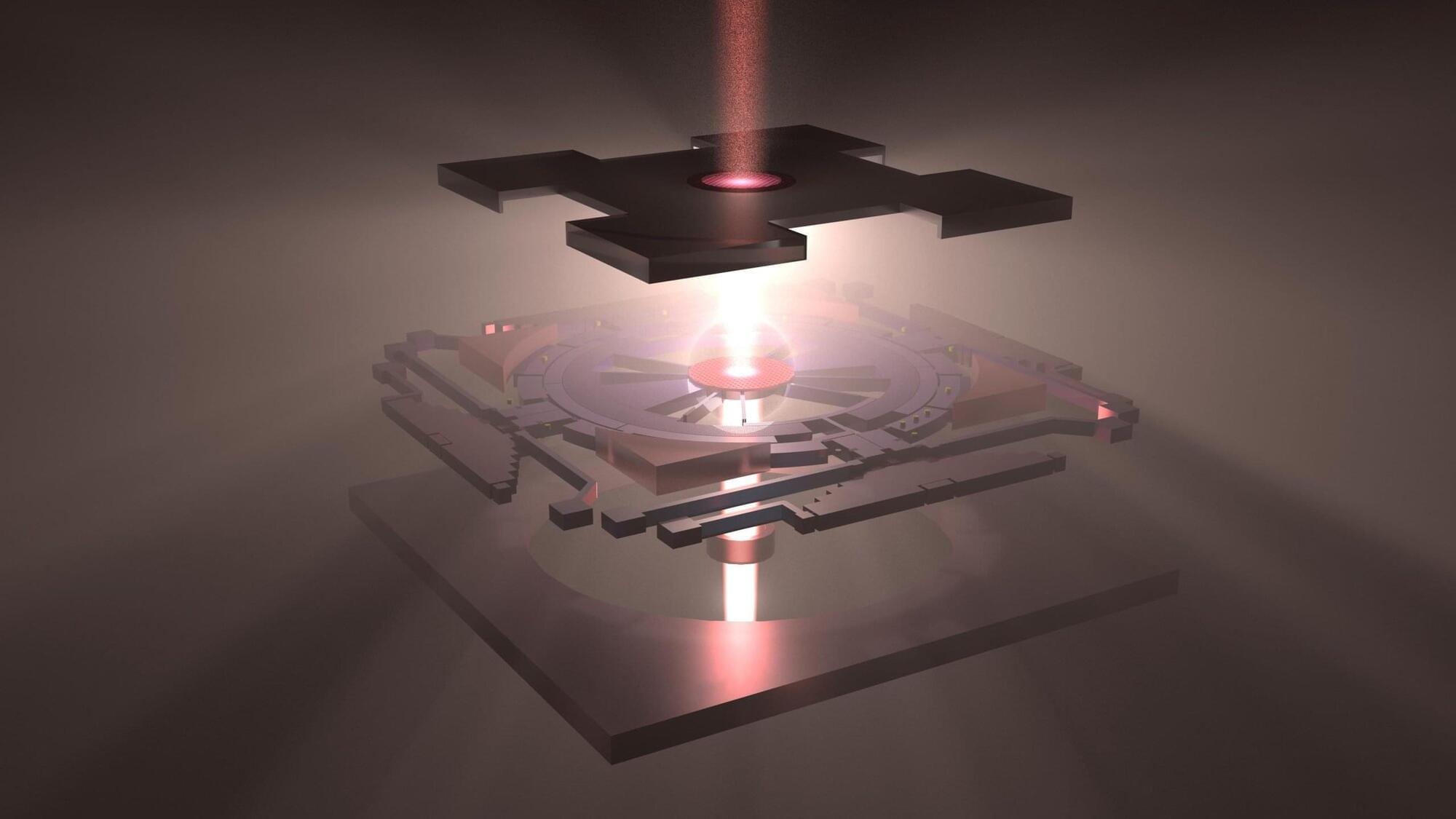By doing more and more of our “thinking” for us, artificial intelligence may be diminishing our critical thinking skills.
There is an urgent need for precision immunotherapy strategies that simultaneously target both tumor cells and immune cells to enhance treatment efficacy. Identifying genes with dual functions in both cancer and immune cells opens new possibilities for overcoming tumor resistance and improving patient survival.
Professor Zeng Zexian’s team from the Center for Quantitative Biology at the Peking University Academy for Advanced Interdisciplinary Studies, in collaboration with the Peking University-Tsinghua University Joint Center for Life Sciences, has developed ICRAFT, an innovative computational platform for identifying cancer immunotherapy targets. Their study has been published in Immunity.
ICRAFT integrates 558 CRISPR screening datasets, 2 million single-cell RNA sequencing datasets, and 943 RNA-Seq datasets from clinical immunotherapy samples.
Present a preclinical study on mice and macaques demonstrating the safety and efficacy of YCT-529, a drug forming the basis of the “first non-hormonal male birth control pill”. This research is from a startup called YourChoice Therapeutics — which is now working on human clinical trials. Exciting to see reproductive medicine advancing in this direction! #reproductivehealth.
[ https://www.nature.com/articles/s43856-025-00752-7](https://www.nature.com/articles/s43856-025-00752-7)
Euclid is on a quest to unravel one of the universe’s greatest mysteries: why it’s expanding faster and faster. With help from NASA, this space telescope is capturing sweeping views of billions of galaxies, allowing scientists to peer into the deep past. Using light that took billions of years to
Q.ANT announces production of its revolutionary light-powered AI chip, promising 50x faster speeds and 30x better energy efficiency.
A breakthrough Cu-Ta-Li alloy has the potential to revolutionize aerospace, defense, and industrial applications. Researchers from the U.S. Army Research Laboratory (ARL) and Lehigh University have developed an advanced nanostructured copper alloy that sets a new benchmark for high-temperature perf
“A Stunning Fusion Rocket Takes Shape”: revolutionary propulsion tech promises to slash interplanetary travel time in half, rewriting the future of spaceflight
Posted in futurism, satellites | Leave a Comment on “A Stunning Fusion Rocket Takes Shape”: revolutionary propulsion tech promises to slash interplanetary travel time in half, rewriting the future of spaceflight
IN A NUTSHELL 🚀 Pulsar Fusion is developing the Sunbird, a fusion-powered rocket, to significantly reduce interplanetary travel times by 2027. 🔬 The Sunbird uses a Duel Direct Fusion Drive (DDFD) engine, promising unprecedented exhaust speeds and efficiency. 🛰️ The rocket will operate as a space “tugboat,” stationed in orbital satellite docks for missions to
A new on-chip sensor using twisted moiré photonic crystals can precisely tune light properties in real time. This could replace bulky optical systems with one compact, powerful chip. Twisted moiré photonic crystals — a cutting-edge type of optical metamaterial — hold significant promise for build
Skoltech scientists discovered over 200 carbon-oxygen compounds with high energy potential, some rivaling TNT, offering new insights into non-nitrogen-based explosives and applications in energy, space, and chemical research. Skoltech researchers have conducted a theoretical study exploring a wid

